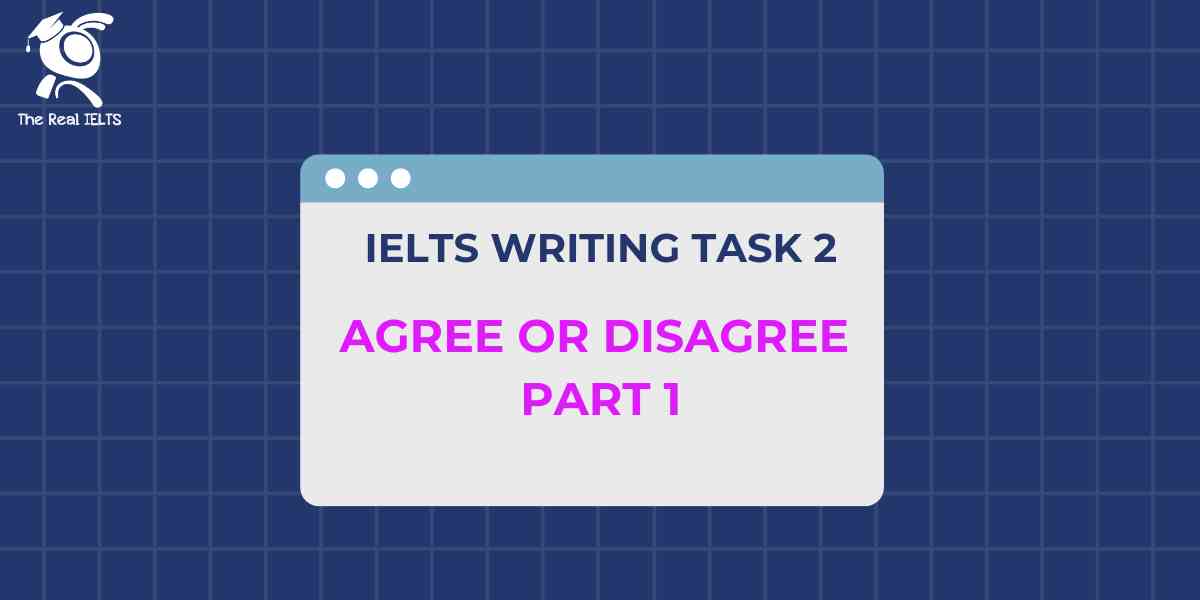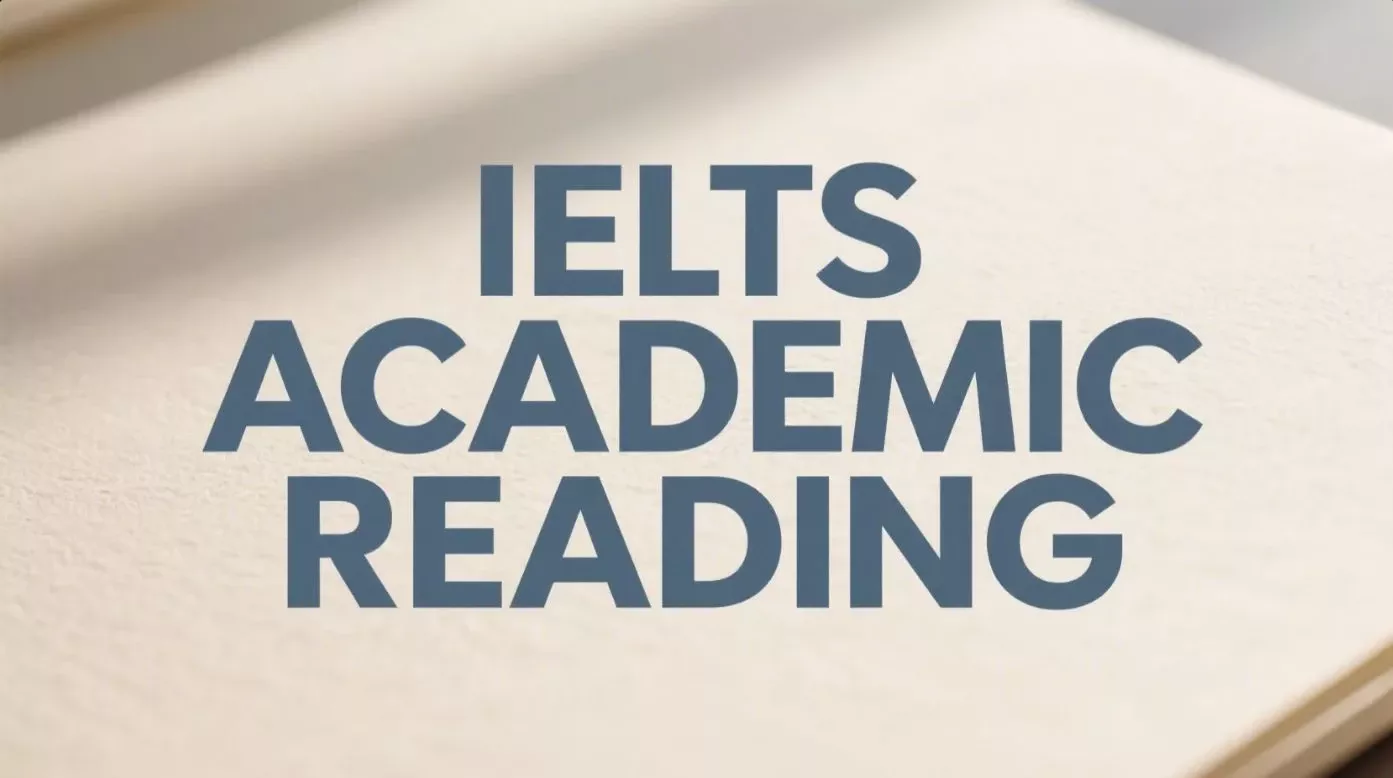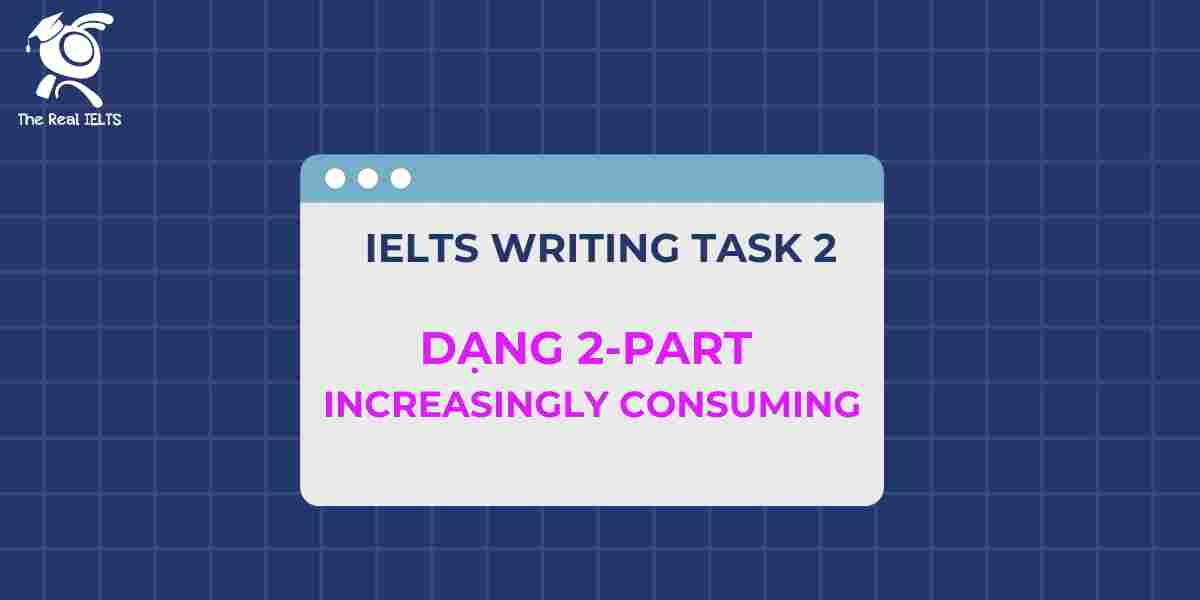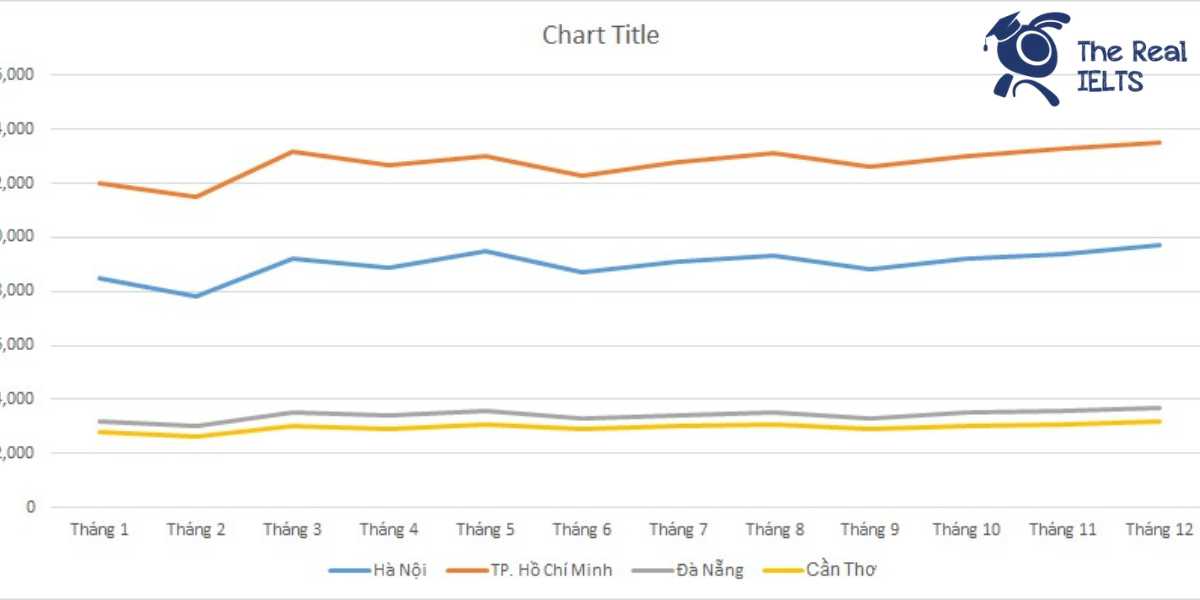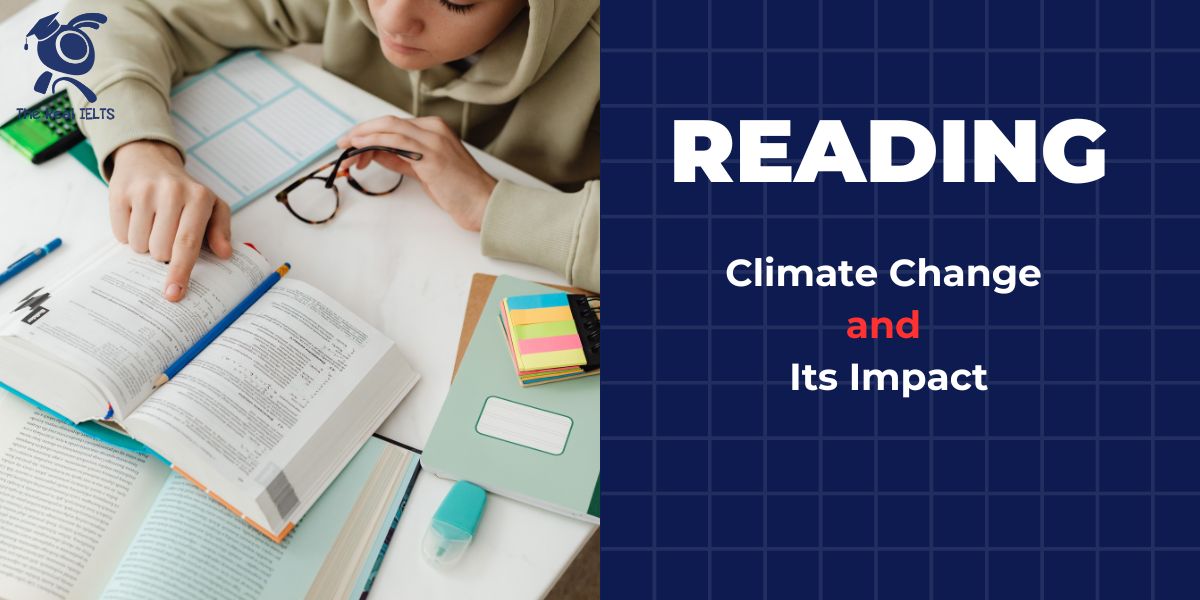Đề bài IELTS Writing Task 2 dạng Agree or Disagree Part 1:
You should spend about 40 minutes on this task
All children should be required to learn a second language in school. To what extent do you agree or disagree?
Write at least 250 words.
Đọc thêm về: Cách làm bài thi IELTS Writing Task 2.
Giải mẫu IELTS Writing
In today’s globalized world, the ability to communicate in more than one language has become increasingly important. Therefore, the proposition that all children should be required to learn a second language in school has gained significant support. I largely agree with this notion, although there are considerations that need to be addressed.
Firstly, learning a second language offers numerous cognitive benefits. Research has shown that bilingualism can enhance brain function, improve memory, and even delay the onset of dementia in later life. Children who learn a second language often perform better academically, particularly in subjects like math and science, as they develop superior problem-solving skills and creativity. Moreover, being bilingual or multilingual opens up greater career opportunities, as employers increasingly value the ability to communicate with international partners or clients.
Secondly, fostering cultural awareness and sensitivity is another crucial benefit of learning a second language. In a multicultural and interconnected world, understanding and respecting different cultures is essential. Language learning often goes hand in hand with cultural education, helping children to become more empathetic and open-minded individuals. This cultural competence is invaluable in building harmonious societies and promoting global cooperation.
However, while I support the requirement for children to learn a second language, I acknowledge that the implementation of this policy should be carefully considered. Not all schools have the resources or qualified teachers to provide high-quality language education. Additionally, the choice of the second language should be relevant and practical, reflecting the linguistic diversity and economic opportunities available in the region.
In conclusion, requiring all children to learn a second language in school is a policy that offers significant cognitive, cultural, and economic advantages. However, its implementation should be flexible and well-resourced to ensure that all students benefit equally. Thus, while I agree with the policy, I believe it should be tailored to meet the needs and circumstances of different educational settings.
Cấu trúc ngữ pháp và cấu trúc câu
1. Cấu trúc câu:
- Câu đơn (Simple sentences):
- Ví dụ: “Learning a second language offers numerous cognitive benefits.”
- Câu ghép (Compound sentences):
- Sử dụng liên từ kết hợp (and, but, or) để nối hai mệnh đề độc lập.
- Ví dụ: “Research has shown that bilingualism can enhance brain function, improve memory, and even delay the onset of dementia in later life.”
- Câu phức (Complex sentences):
- Bao gồm một mệnh đề chính và ít nhất một mệnh đề phụ thuộc.
- Ví dụ: “Children who learn a second language often perform better academically, particularly in subjects like math and science, as they develop superior problem-solving skills and creativity.”
- Câu phức ghép (Compound-complex sentences):
- Kết hợp các đặc điểm của câu ghép và câu phức.
- Ví dụ: “In a multicultural and interconnected world, understanding and respecting different cultures is essential, and language learning often goes hand in hand with cultural education.”
2. Cấu trúc ngữ pháp:
- Cấu trúc bị động (Passive voice):
- Ví dụ: “The proposition that all children should be required to learn a second language in school has gained significant support.”
- Cấu trúc so sánh (Comparative structures):
- Ví dụ: “Children who learn a second language often perform better academically.”
- Cấu trúc giả định (Hypothetical structures):
- Sử dụng “should” trong các mệnh đề chỉ sự giả định hoặc lời khuyên.
- Ví dụ: “I acknowledge that the implementation of this policy should be carefully considered.”
- Cấu trúc nhấn mạnh (Emphasis structures):
- Sử dụng cấu trúc “It is + adj + that…” để nhấn mạnh ý chính.
- Ví dụ: “It is essential to understand and respect different cultures.”
- Cấu trúc “However” và “Therefore”:
- Sử dụng để chuyển ý hoặc kết luận.
- Ví dụ: “However, while I support the requirement for children to learn a second language, I acknowledge that the implementation of this policy should be carefully considered.”
3. Từ kết nối trong các câu:
- Therefore – Vì vậy
- Dùng để diễn đạt kết quả hoặc lý do tiếp nối từ ý trước đó.
- Ví dụ: “Therefore, the proposition that all children should be required to learn a second language in school has gained significant support.”
- Although – Mặc dù
- Dùng để thể hiện sự đối lập, tương phản giữa hai mệnh đề.
- Ví dụ: “I largely agree with this notion, although there are considerations that need to be addressed.”
- Moreover – Hơn nữa
- Dùng để thêm thông tin bổ sung liên quan đến ý trước đó.
- Ví dụ: “Moreover, being bilingual or multilingual opens up greater career opportunities…”
- However – Tuy nhiên
- Dùng để giới thiệu một quan điểm đối lập hoặc một khía cạnh khác của vấn đề.
- Ví dụ: “However, while I support the requirement for children to learn a second language, I acknowledge that the implementation of this policy should be carefully considered.”
- Additionally – Ngoài ra
- Dùng để bổ sung thêm thông tin hoặc ý kiến.
- Ví dụ: “Additionally, the choice of the second language should be relevant and practical…”
- Thus – Do đó
- Dùng để kết luận hoặc giải thích lý do cho một kết luận.
- Ví dụ: “Thus, while I agree with the policy, I believe it should be tailored to meet the needs and circumstances of different educational settings.”
4. Từ kết nối giữa các đoạn văn:
Ví dụ: “Secondly, fostering cultural awareness and sensitivity is another crucial benefit of learning a second language.”
Firstly – Đầu tiên
Dùng để giới thiệu điểm đầu tiên trong loạt điểm luận.
Ví dụ: “Firstly, learning a second language offers numerous cognitive benefits.”
Secondly – Thứ hai
Dùng để giới thiệu điểm thứ hai trong loạt điểm luận.
Các cấu trúc này sử dụng linh hoạt tùy đề bài Writing như thế nào.
Các từ vựng tiếng Anh cần lưu ý trong bài viết
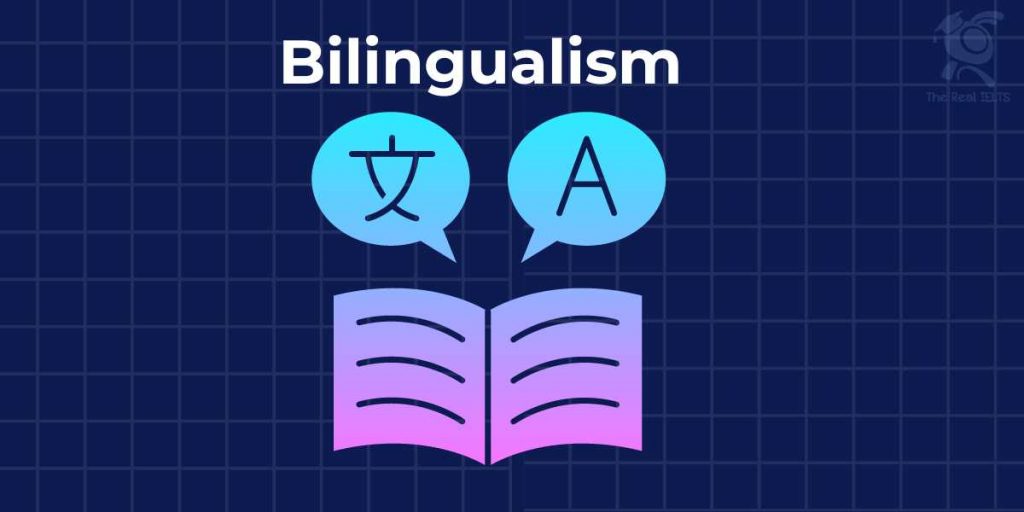

- Globalized – Toàn cầu hóa
- Proposition – Đề xuất
- Bilingualism – Song ngữ
- Cognitive – Liên quan đến nhận thức
- Memory – Trí nhớ
- Dementia – Sa sút trí tuệ
- Problem-solving – Giải quyết vấn đề
- Creativity – Sáng tạo
- Career opportunities – Cơ hội nghề nghiệp
- Employers – Nhà tuyển dụng
- International partners – Đối tác quốc tế
- Cultural awareness – Nhận thức văn hóa
- Sensitivity – Sự nhạy cảm
- Multicultural – Đa văn hóa
- Interconnected – Kết nối lẫn nhau
- Empathetic – Đồng cảm
- Open-minded – Cởi mở
- Harmonious – Hài hòa
- Global cooperation – Hợp tác toàn cầu
- Implementation – Sự thực hiện
- Qualified teachers – Giáo viên có trình độ
- Relevant – Liên quan, phù hợp
- Practical – Thực tế
- Linguistic diversity – Đa dạng ngôn ngữ
- Economic opportunities – Cơ hội kinh tế
- Policy – Chính sách
- Advantages – Lợi thế
- Flexible – Linh hoạt
- Well-resourced – Đầy đủ nguồn lực
- Educational settings – Môi trường giáo dục
Đọc thêm các bài Luyện Thi IELTS khác trong link nhé.


